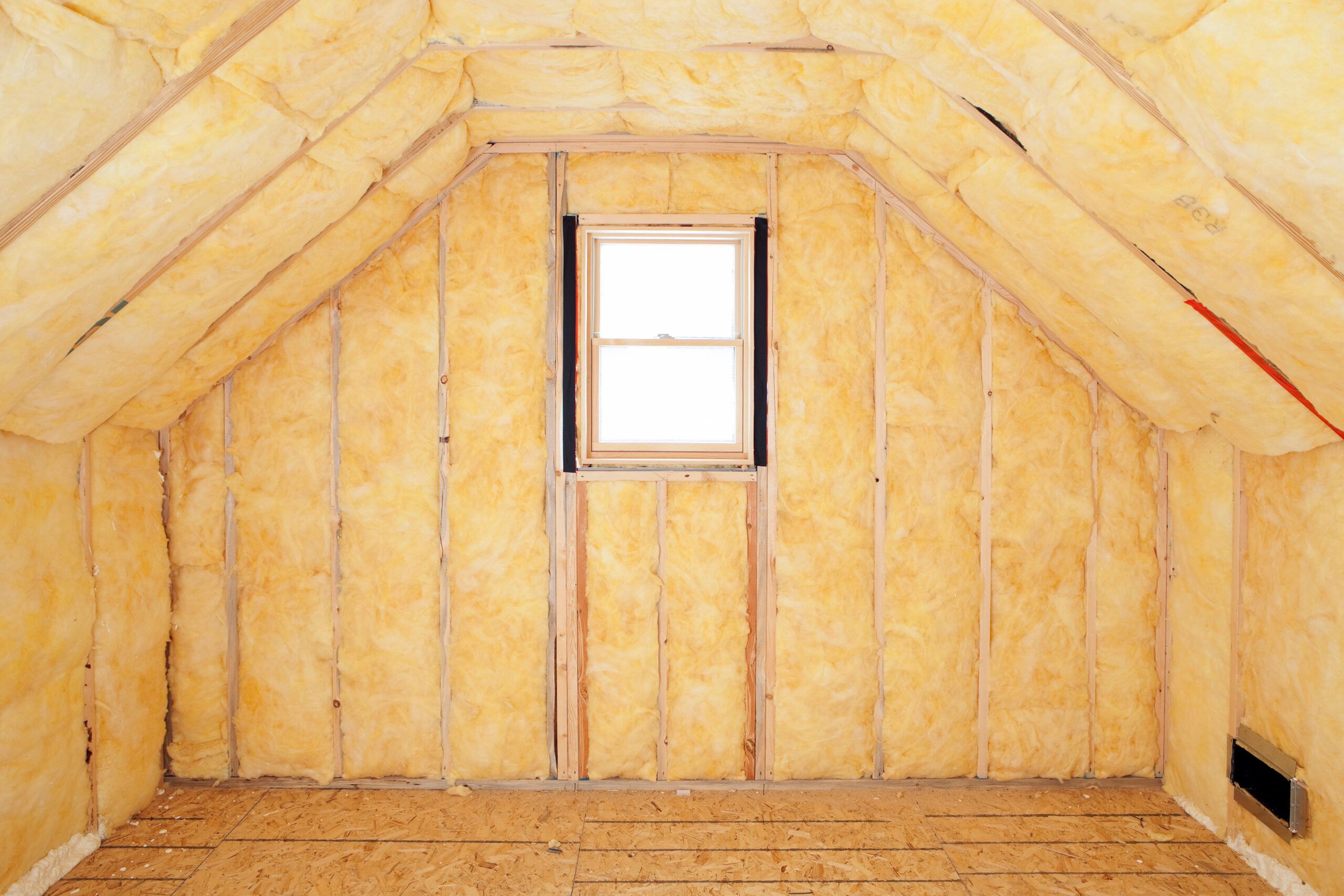When it comes to insulation materials, cardboard may not be the first thing that comes to mind. However, this seemingly humble material has gained attention for its potential as an insulator. In this blog post, we will delve into the question: Is cardboard a good insulator? We will explore its properties, applications, and effectiveness as an insulating material, backed by scientific research and practical examples.
- Understanding Cardboard as an Insulator:
Cardboard is primarily composed of cellulose fibers, which provide it with unique thermal properties. These fibers trap air pockets within the material, creating a barrier against heat transfer. Additionally, the thickness and density of cardboard play a crucial role in determining its insulating capabilities. - Thermal Conductivity of Cardboard:
To evaluate the insulating power of cardboard, we need to consider its thermal conductivity. This property measures how well a material conducts heat. Studies have shown that cardboard has a relatively low thermal conductivity compared to other commonly used insulators, such as fiberglass or foam. This makes it an attractive option for various applications. - Applications of Cardboard Insulation:
Cardboard insulation finds applications in several industries, including construction, packaging, and automotive. In construction, it can be used as an insulating layer in walls, roofs, and floors. Its affordability, ease of installation, and eco-friendly nature make it a viable alternative to traditional insulation materials. - Advantages of Cardboard Insulation:
Apart from its thermal insulation properties, cardboard offers several advantages. It is lightweight, recyclable, and readily available, making it a sustainable choice. Cardboard insulation also exhibits soundproofing qualities, making it suitable for noise reduction in buildings. - Limitations and Considerations:
While cardboard insulation has its merits, it is essential to consider its limitations. Cardboard is susceptible to moisture absorption, which can compromise its insulating properties. Therefore, proper moisture barriers or treatments are necessary to ensure its long-term effectiveness. Additionally, cardboard may not be suitable for extreme temperature conditions or areas prone to fire hazards.
Conclusion:
In conclusion, cardboard can indeed be a good insulator, offering thermal resistance and cost-effective solutions for various applications. Its unique properties, such as low thermal conductivity and soundproofing capabilities, make it a versatile choice. However, it is crucial to consider its limitations and take appropriate measures to ensure optimal performance. By exploring the insulating power of cardboard, we open doors to innovative and sustainable solutions in the field of insulation.



Average Rating